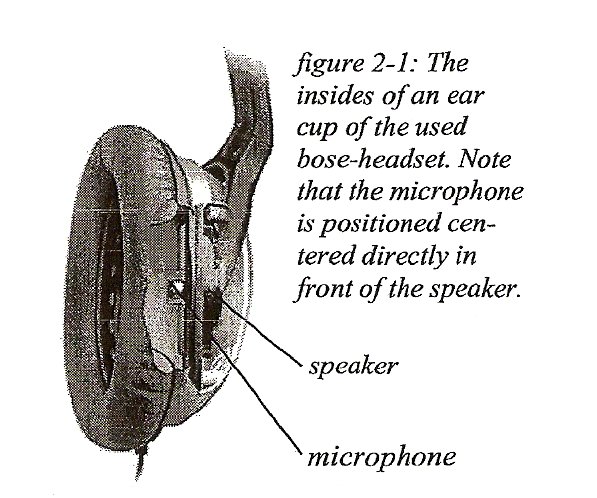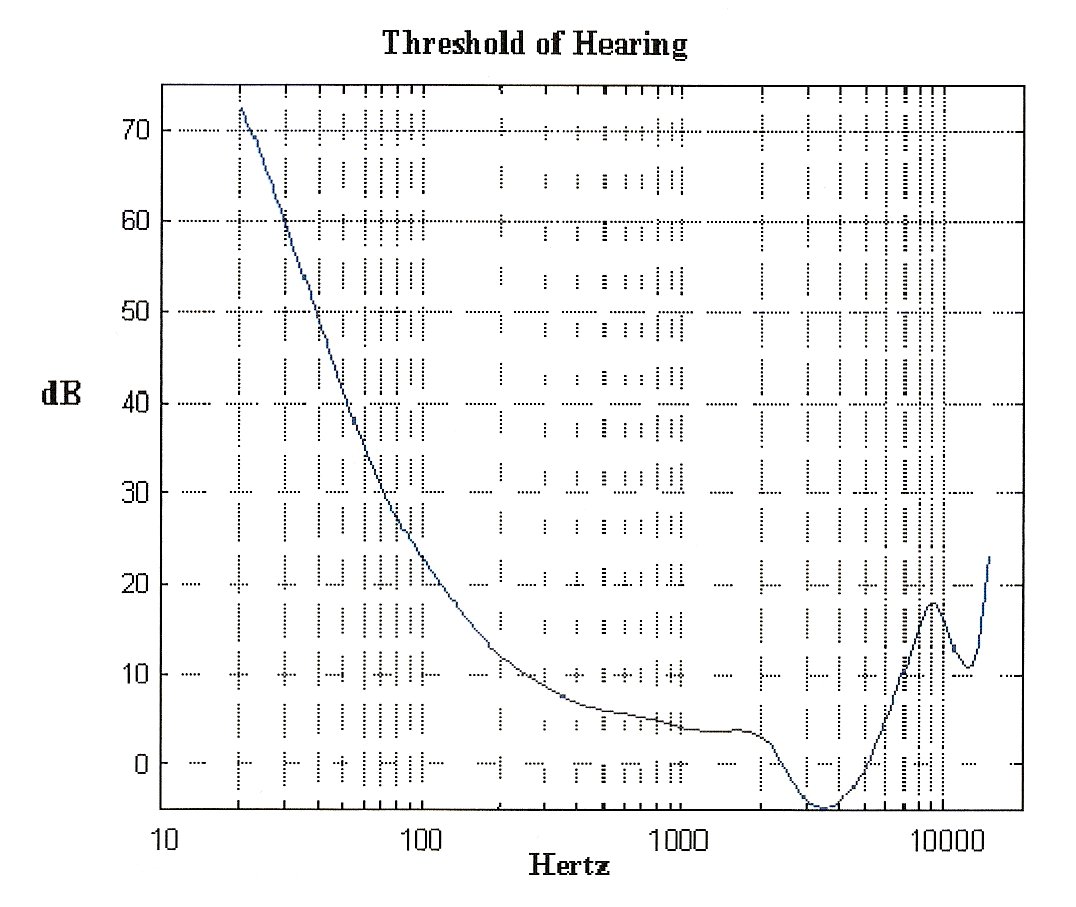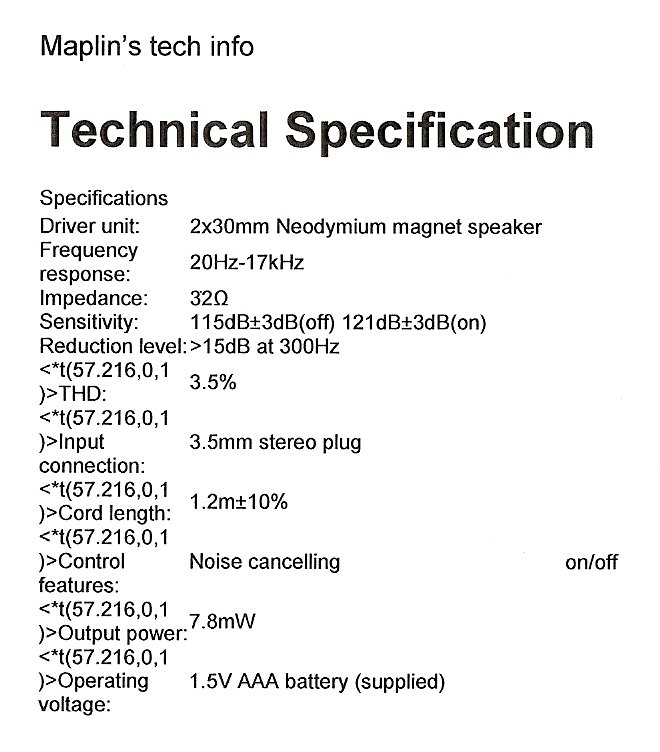Noise-cancelling headphones.
By: Mike. G0KOT
As presented to the Vange Amateur Radio Society 23rd Apr 2009
 Arthur C. Clarke's short story entitled "Silence Please" appeared in his 1954 collection "Tales from the White Hart" (reprinted in 1970 by Harcourt, Brace & World Inc., New York). In it, Harry Purvis recounts the tale of the ill-fated "Fenton Silencer," an anti-noise device that goes disastrously awry.
Arthur C. Clarke's short story entitled "Silence Please" appeared in his 1954 collection "Tales from the White Hart" (reprinted in 1970 by Harcourt, Brace & World Inc., New York). In it, Harry Purvis recounts the tale of the ill-fated "Fenton Silencer," an anti-noise device that goes disastrously awry.
 Noise cancellation makes it possible to enjoy music without raising the volume excessively. It can also help a passenger sleep in a noisy vehicle such as an airliner.
Retail noise cancelling headphones typically use ANC to cancel the lower-frequency portions of the noise; they depend on more traditional methods (like the materials from which the earcups are made) to prevent higher-frequency noise from reaching the ear. This approach is preferred because:
Noise cancellation makes it possible to enjoy music without raising the volume excessively. It can also help a passenger sleep in a noisy vehicle such as an airliner.
Retail noise cancelling headphones typically use ANC to cancel the lower-frequency portions of the noise; they depend on more traditional methods (like the materials from which the earcups are made) to prevent higher-frequency noise from reaching the ear. This approach is preferred because:
 The first patent for a noise control system was granted to inventor Paul Lueg in 1934 U.S. Patent 2.043.416, describing how to cancel sinusoidal tones in ducts by phase-advancing the wave and canceling arbitrary sounds in the region around a loudspeaker by inverting the polarity. By the 1950s, systems were created to cancel the noise in helicopter and airplane cockpits including those patented by Lawrence J. Foqei in the 1950s and 1960s such as U.S. Patent 2,866.848 . U.S. Patent 2.920.138. U.S. Patent2,966.549 and Canadian patent631.136. In 1986. Dick Rutan and Jeana Yeager used prototype headsets built by Bose in their around-the-world flight.11^
Dr. Lawrence J. Fogel (March 2, 1928 - February 18, 2007),
Dr. Fogel's first decade of engineering (1948-1960) began with an interest in antenna design, ensuring reliability of weapons systems, and inventing interfaces for human operators. He analyzed and designed flight instrumentation for high performance and vertical takeoff aircraft as well as helicopters. He also engineered design concepts for various individual instruments, including all altitude indicators, airspeed indicators, altimeters, as well as related displays. His keen insight led to five patents issued from 1958-1961 pertaining to two separate inventions regarding active noise cancellation and a revolutionary cockpit display known as the "Kinelog."
The first patent for a noise control system was granted to inventor Paul Lueg in 1934 U.S. Patent 2.043.416, describing how to cancel sinusoidal tones in ducts by phase-advancing the wave and canceling arbitrary sounds in the region around a loudspeaker by inverting the polarity. By the 1950s, systems were created to cancel the noise in helicopter and airplane cockpits including those patented by Lawrence J. Foqei in the 1950s and 1960s such as U.S. Patent 2,866.848 . U.S. Patent 2.920.138. U.S. Patent2,966.549 and Canadian patent631.136. In 1986. Dick Rutan and Jeana Yeager used prototype headsets built by Bose in their around-the-world flight.11^
Dr. Lawrence J. Fogel (March 2, 1928 - February 18, 2007),
Dr. Fogel's first decade of engineering (1948-1960) began with an interest in antenna design, ensuring reliability of weapons systems, and inventing interfaces for human operators. He analyzed and designed flight instrumentation for high performance and vertical takeoff aircraft as well as helicopters. He also engineered design concepts for various individual instruments, including all altitude indicators, airspeed indicators, altimeters, as well as related displays. His keen insight led to five patents issued from 1958-1961 pertaining to two separate inventions regarding active noise cancellation and a revolutionary cockpit display known as the "Kinelog."
 Active noise cancellation has been studied for many years, using many different control
techniques.
Feedforward [4] as well as feedback [S] and hybrid techniques have proven their values.
Synthesis techniques applicable to ANC include LQG [3], Hz and H, [6].
Active noise cancellation has been studied for many years, using many different control
techniques.
Feedforward [4] as well as feedback [S] and hybrid techniques have proven their values.
Synthesis techniques applicable to ANC include LQG [3], Hz and H, [6].